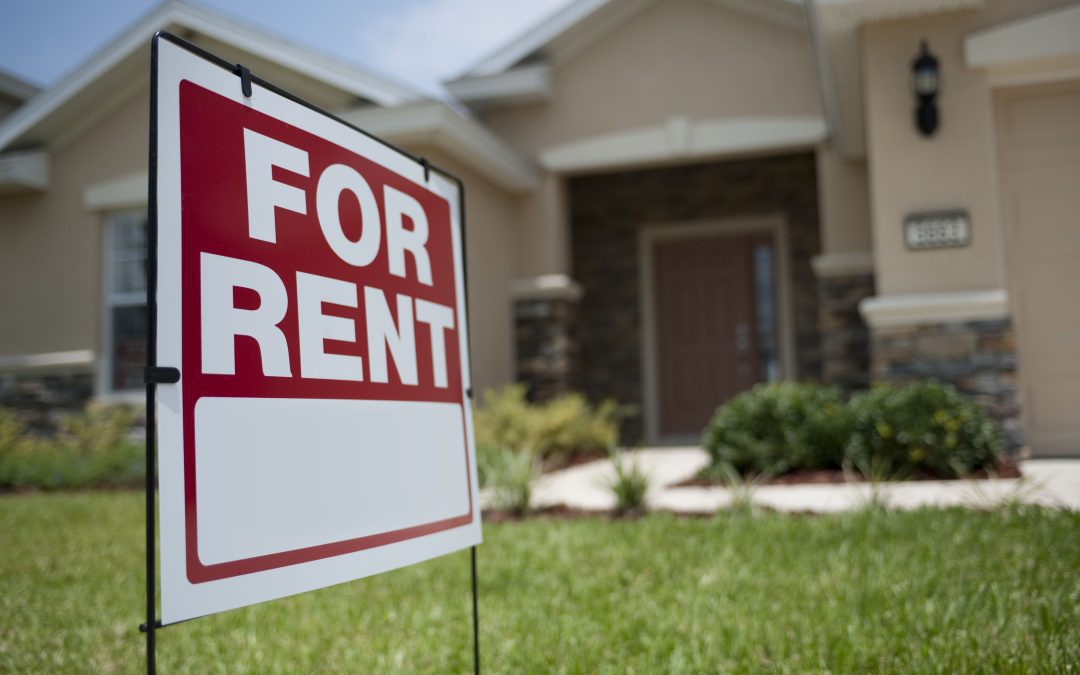This article was posted on Facebook by CROC Radio.
Why can’t I find a place to live that I can afford? This is a question heard far too often in Kimberley.
Much of the public comment is around affordable home purchase, but finding rental housing is as big if not a bigger problem. Until recently, low interest rates have made purchasing the attractive option, but rising prices, rising interest rates and increasingly tighter income ‘means’ tests for mortgages have shut that door for many people. It is of no comfort that Kimberley is not alone, that this is a provincial and national issue as well.
The tight housing dilemma in Kimberley did not just happen. It has been 10 years in the making. Housing of all kinds needs to be built at the same rate that the population is growing. If supply of new housing does not meet the demand, existing housing becomes more dear, prices rise and finding affordable housing is increasingly difficult. ‘Affordable’ housing is no longer just about social or subsidized housing; it is about housing of all types that the average person or family can afford.
The following analysis attempts to bring some understanding to this complex issue, and what is being done to help relieve the pressure. Because of the length of the analysis, I have broken it into 3 parts.
1. Population Growth and Demographics;
2. Housing Profile and Requirements; and
3. What is being done to ease the pressure.
Part 1:
Population growth and Types of Housing.
There is a perception that population in Kimberley has spiked these last couple of years. While we are growing, data from the last three census periods (2006-2021) shows a steady rate of growth over the past 15 years, adding about 130 or so people per year. This includes the last 2 years. This perception of huge growth exists because housing inventory is at an all-time low – demand (purchase and rent) has been much higher than supply over the last 10 years. That is, not enough new housing has been built to accommodate even modest growth. Consequently, while a modest number of new residents move to Kimberley each year, they find themselves competing for housing in a community with fewer and fewer choices. This creates pressure in the housing market and the perception that our population is growing faster than it really is.
The Housing Needs Assessment delivered in June 2021 provides some qualitative information on housing in Kimberley. Of note:
• Aging seniors living in single-detached homes need a range of housing options to allow them to age in their community. Many seek to downsize and move into smaller and more accessible units, but are finding it difficult to obtain the right form of housing.
• Low- and moderate-income households need a revitalized rental market that provides a range of unit types and levels of affordability.
• Market rental remains under-developed and high housing prices are adding even more pressure.
• Housing supply has been slow to respond to need. The result is a misalignment between existing stock and existing need.
The 2021 census quantifies those and other findings with data that can be used to guide development.
Population Trend:
The tight market for purchasing or renting in Kimberley is similar to other places in BC and Canada. Building has not kept up with population growth. The consequence of demand outstripping supply is escalating prices well beyond the rate of inflation. A focus on the construction of single family dwellings in Kimberley has also produced a shortage of the type of housing that is less costly to build and therefore more affordable – multi-unit buildings that are higher density and use a smaller footprint. New housing product is essential to managing the modest growth needed to keep tax rates from increasing too rapidly, and to drive additional services that a vibrant community demands.
Population Demographics:
Kimberley is growing at both ends of the age spectrum – more kids in the 0-14 age range, and more seniors over the age of 65. Half our population is over the age of 45, and half is under. This makes us a nicely balanced community, but although we are getting younger as a community, seniors are the faster growing age group.

